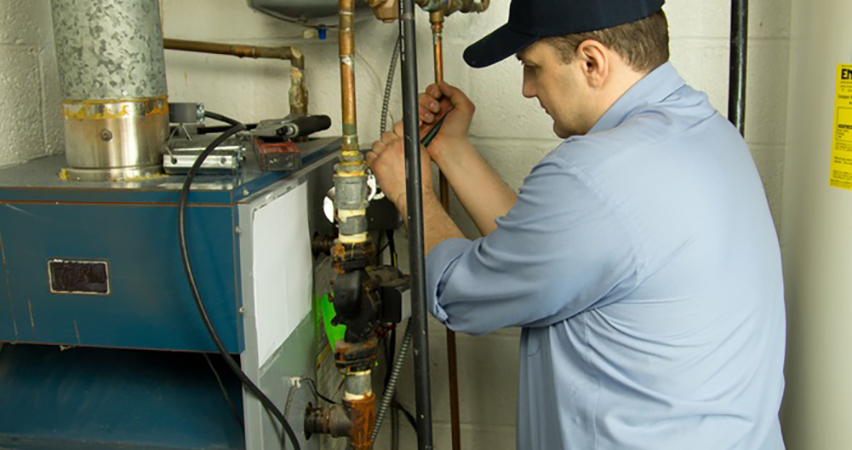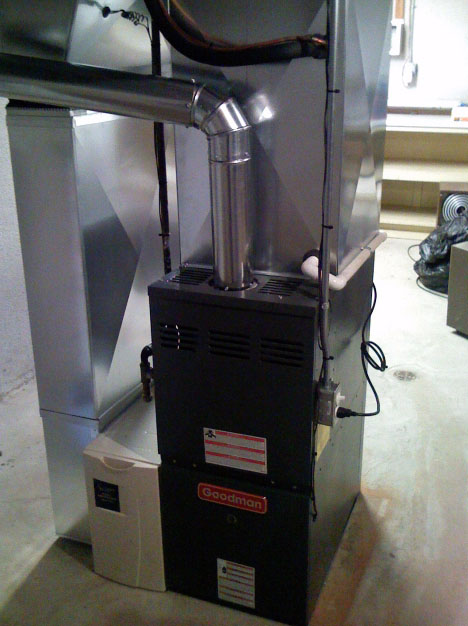If you want year-round comfort in your home, it all comes down to the HVAC systems you choose to cool your home in the summer and warm your home in the winter.
When it comes time to replace a unit, it’s tempting to replace them one at a time. Most homeowners will replace the system that’s giving them the most trouble at the time. The one they’ll rely on the most in the next few months.
For example, if your furnace is on the fritz in December, you’ll want to install a new one ASAP with more blistering cold on the way. No different than how you’ll replace your home’s AC system if your current unit craps out in July with the heat and humidity of August still to come.
Few people stop to realize that they’d conserve more energy and save more money over the long haul if they replace both systems at the same time – even one that’s seen better days but is still working.
Here are a few reasons replacing your furnace and A/C systems at the same time will benefit your home and your wallet.
Energy Efficiency
The heating and cooling systems manufactured today are incredibly energy efficient – much more than the HVAC systems built just 10 to 15 years ago.
The SEER (Seasonal Energy Efficiency Ratio) rating is how you’ll compare the efficiency of different air conditioning systems. The higher the SEER, the less energy it uses and the less it will cost to operate. Newer systems will have a SEER rating of 13 or higher. 13 is the government’s minimum standard for cooling systems.
Furnaces are measured by their AFUE (Annual Fuel Utilization Efficiency). A unit with an AFUE of 90% or more is considered an energy efficient furnace system.
Did you know? Depending on the quality and efficiency of the unit, today’s furnaces will generally last you anywhere from 15 to 20 years; a central air conditioning system can last anywhere from 12 to 15 years.
Optimal Performance
Replacing just one component of your HVAC system can actually decrease the overall performance and efficiency of both your heating and cooling system.
For instance, if you install a new high-efficiency central AC, but you’re still hanging on to an older less-energy efficient furnace, you’re not getting the best bang for your buck from the newer more energy efficient system.
Think of your furnace and air conditioning system as a powerful one-two punch. Matched systems will complement one another. After all, your AC and furnace share the same air handler/blower. A matched system with an efficient handler will result in optimal system operation and home comfort.
Simply put, a matched system might cost you more right now but it will save you more in the long run. There are a few reasons for this:
- Matched components will work in sync together for maximum efficiency.
- Matching a new system with an older inefficient one can quite possibly decrease the lifespan of the new system you’ve just invested in.
- When it comes to warranties, manufacturers aren’t required to honor warranties of new systems that break down during the warranty period if they were combined with an older system.
You also have to remember that both new systems will be under warranty, which will save you money if repairs are ever needed within a few years. That’s a luxury you won’t have if you have an old dated furnace in need or repairs every remaining year you rely on it.
Overall, new systems will require fewer repairs. Additionally, you’re likely to save money on installation by purchasing both systems together and having them installed by the same HVAC pro. For them, their job becomes much less complicated when installing both a new heating and cooling system at the same time.
NEED NEW AC & FURNACE INSTALLATION IN PITTSBURGH?
If you’d like a comprehensive assessment of your current HVAC system and to go over your options for air conditioning or furnace replacement, contact Top Notch Heating & Air at 412-381-0598 or visit https://topnotchair.com. We specialize in both air conditioning and furnace installation in Pittsburgh.







